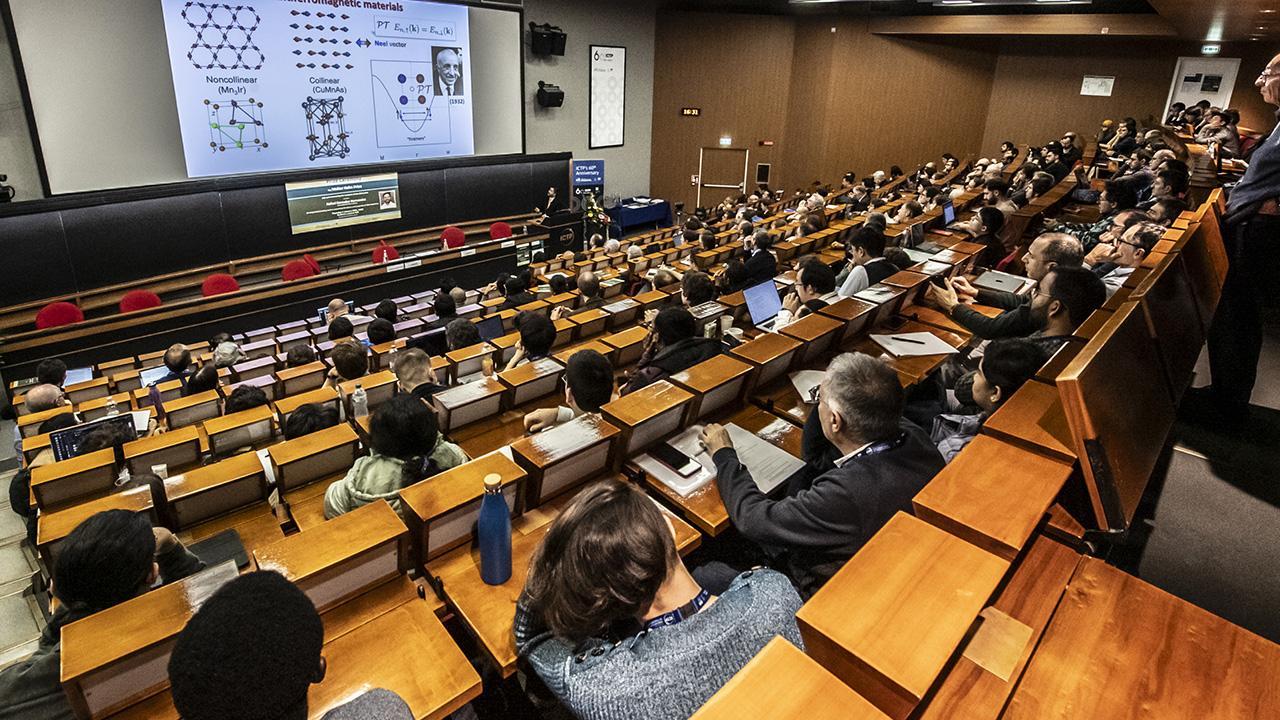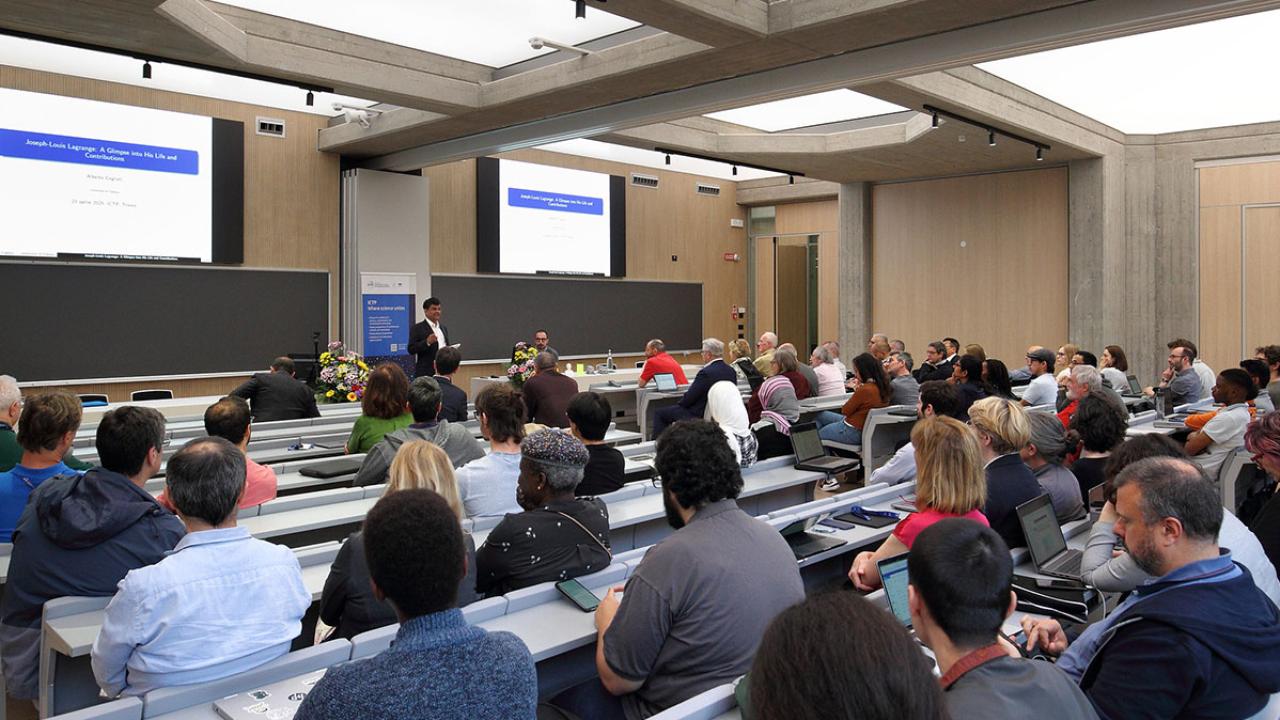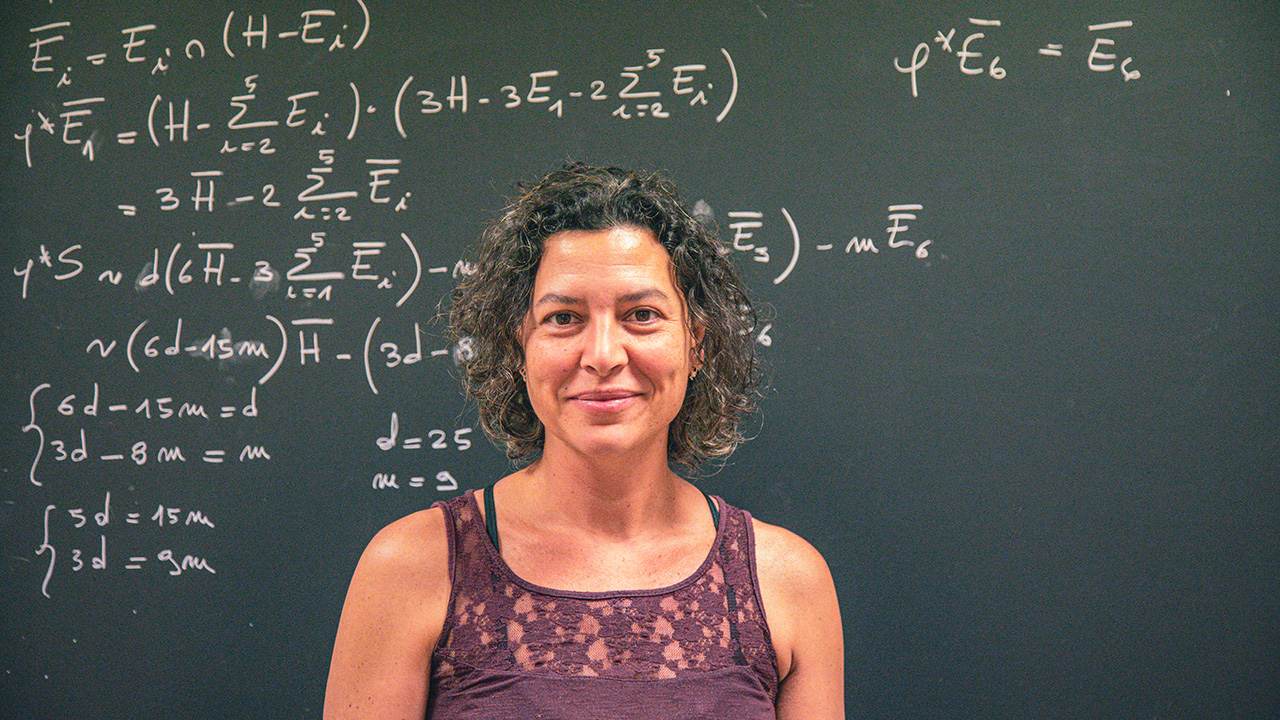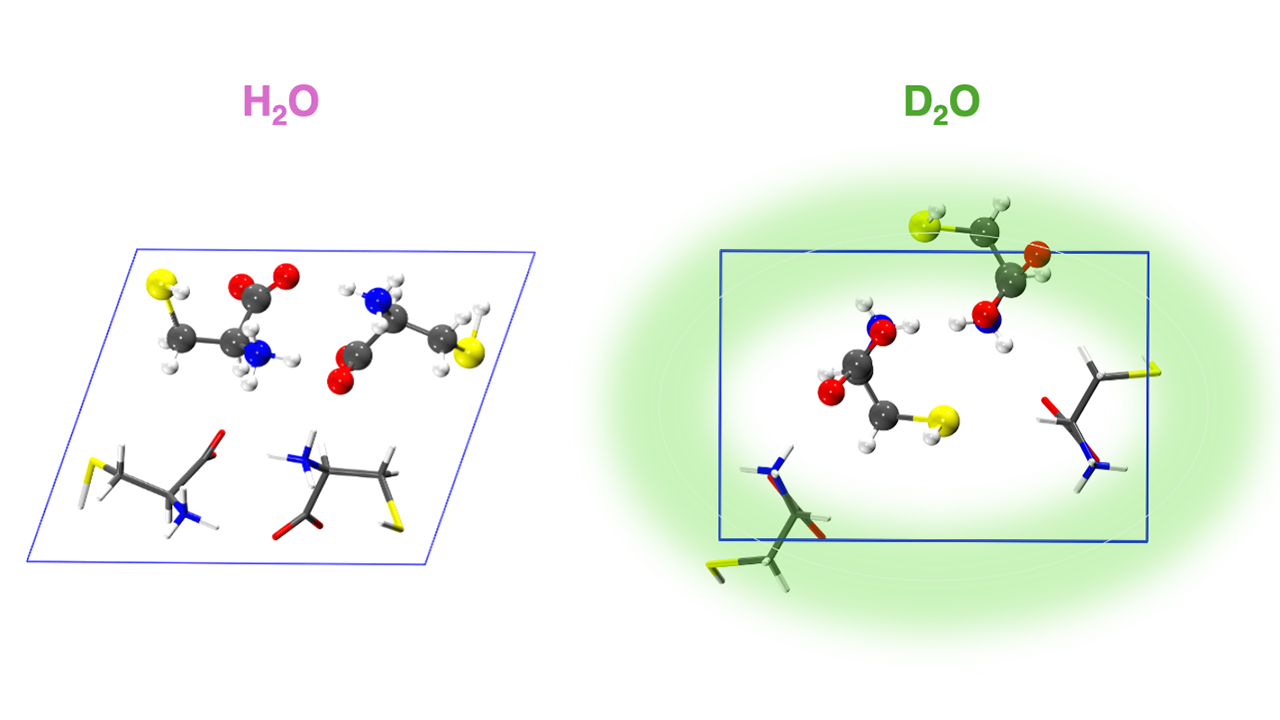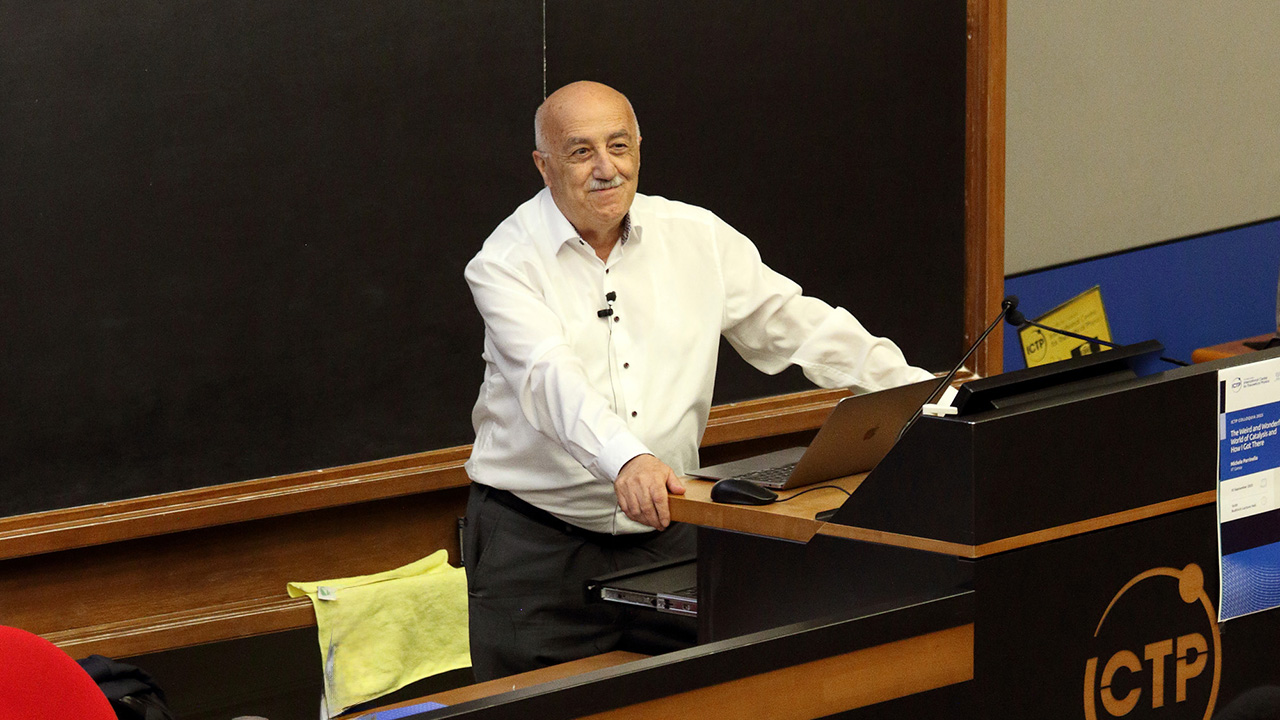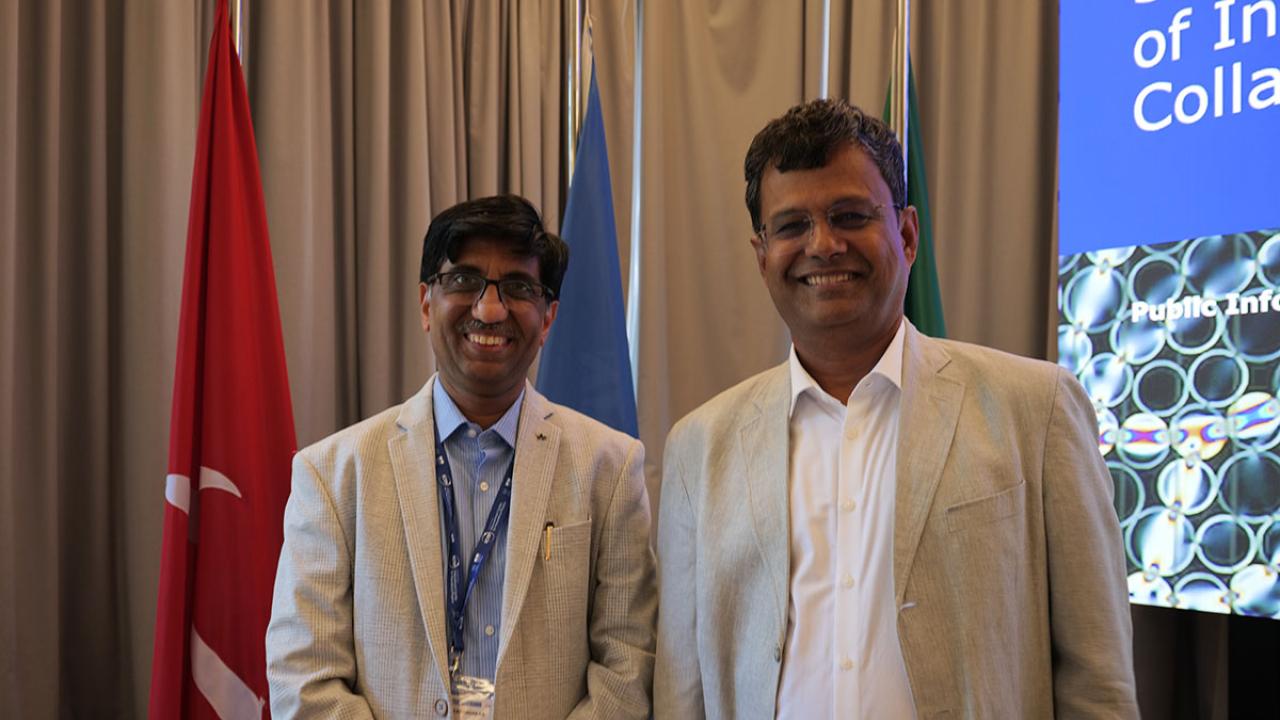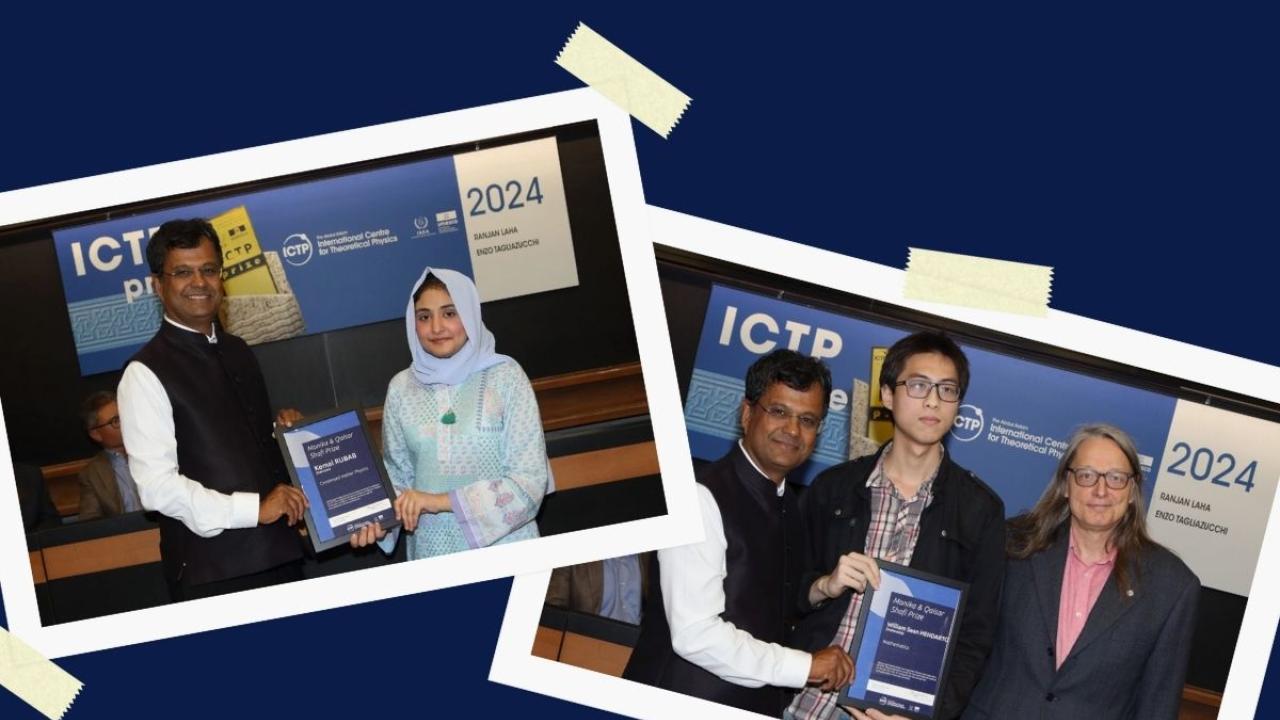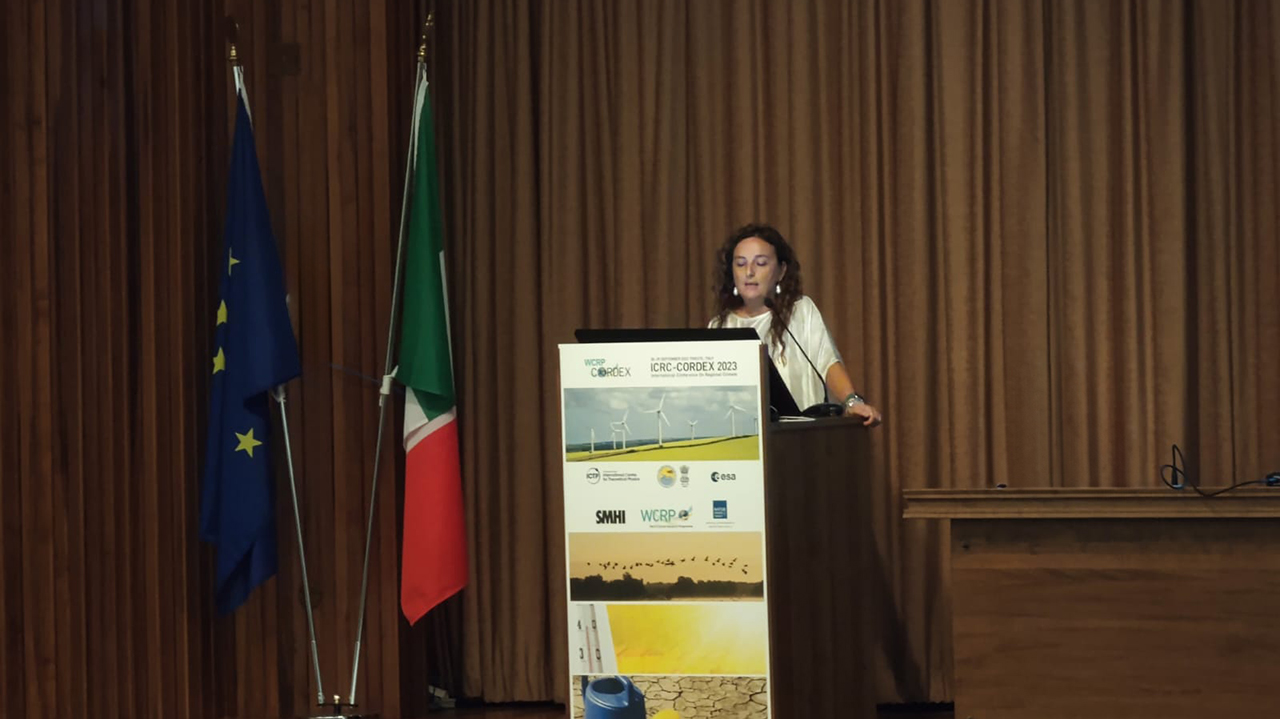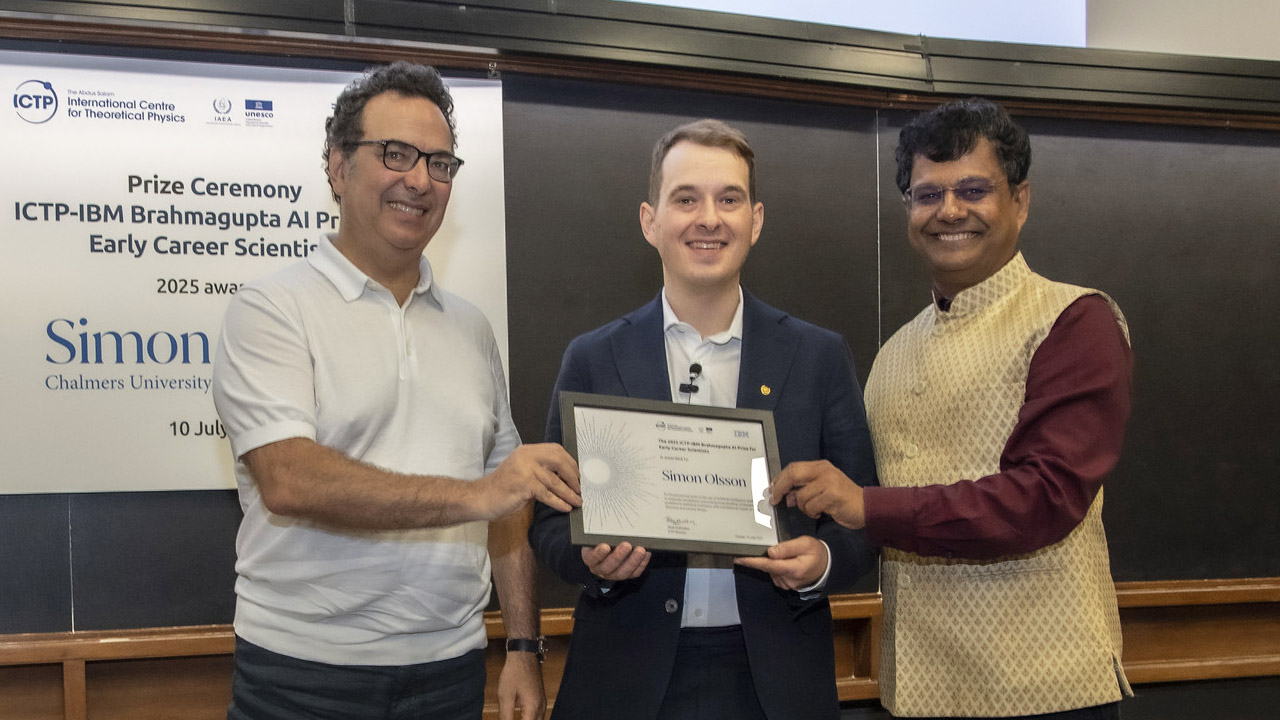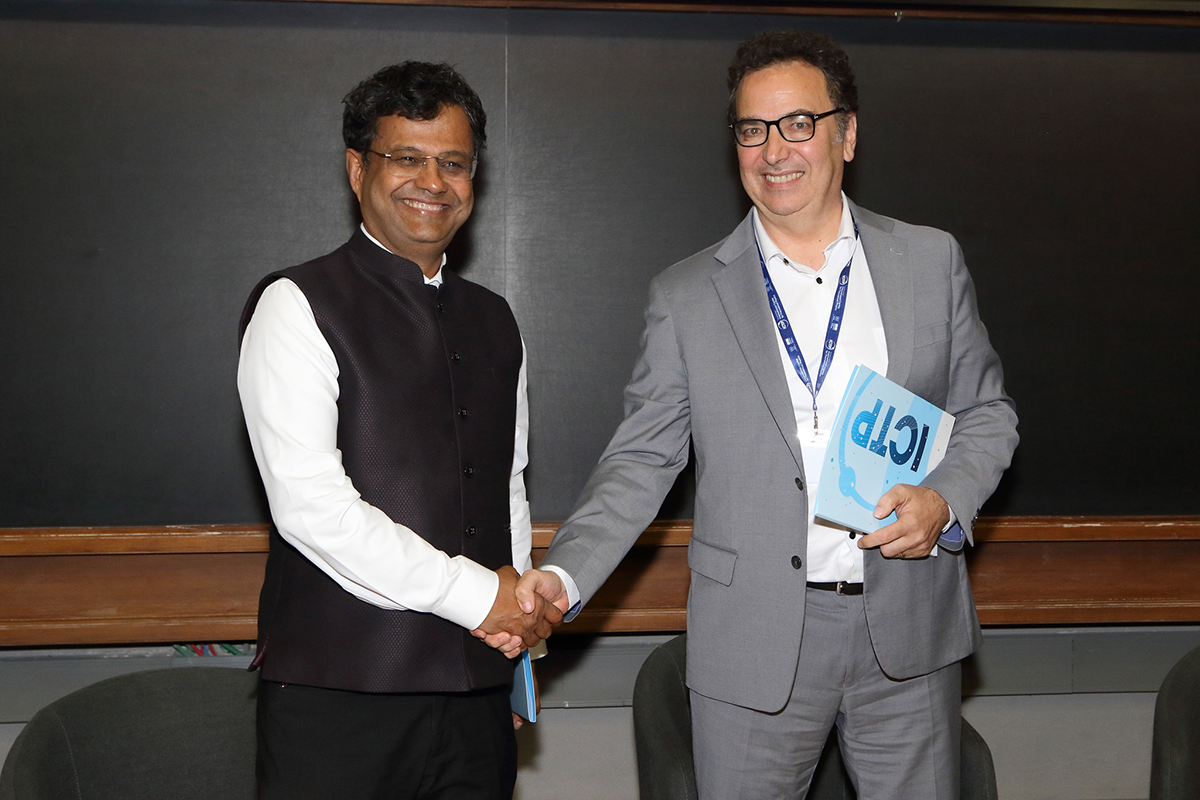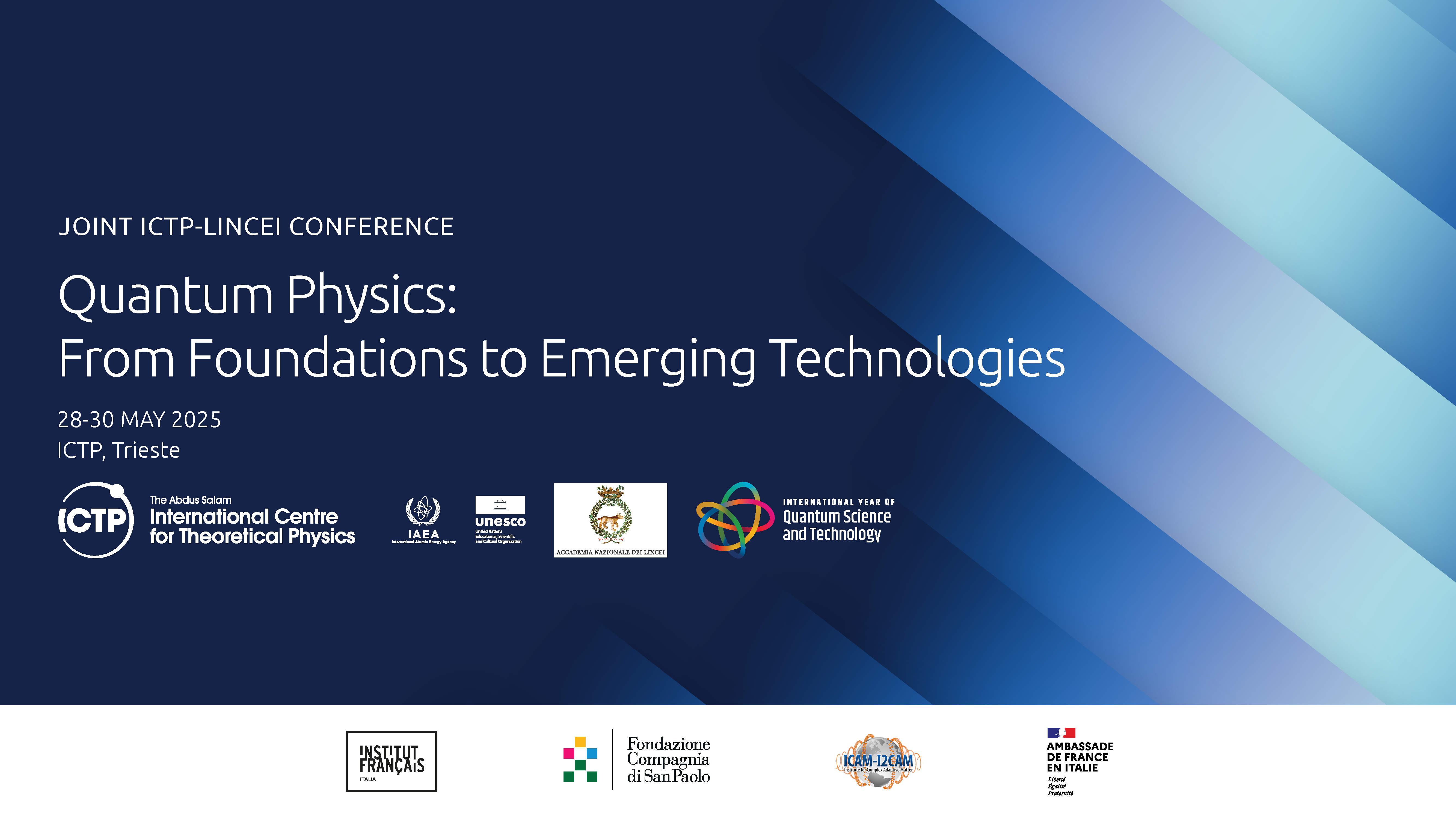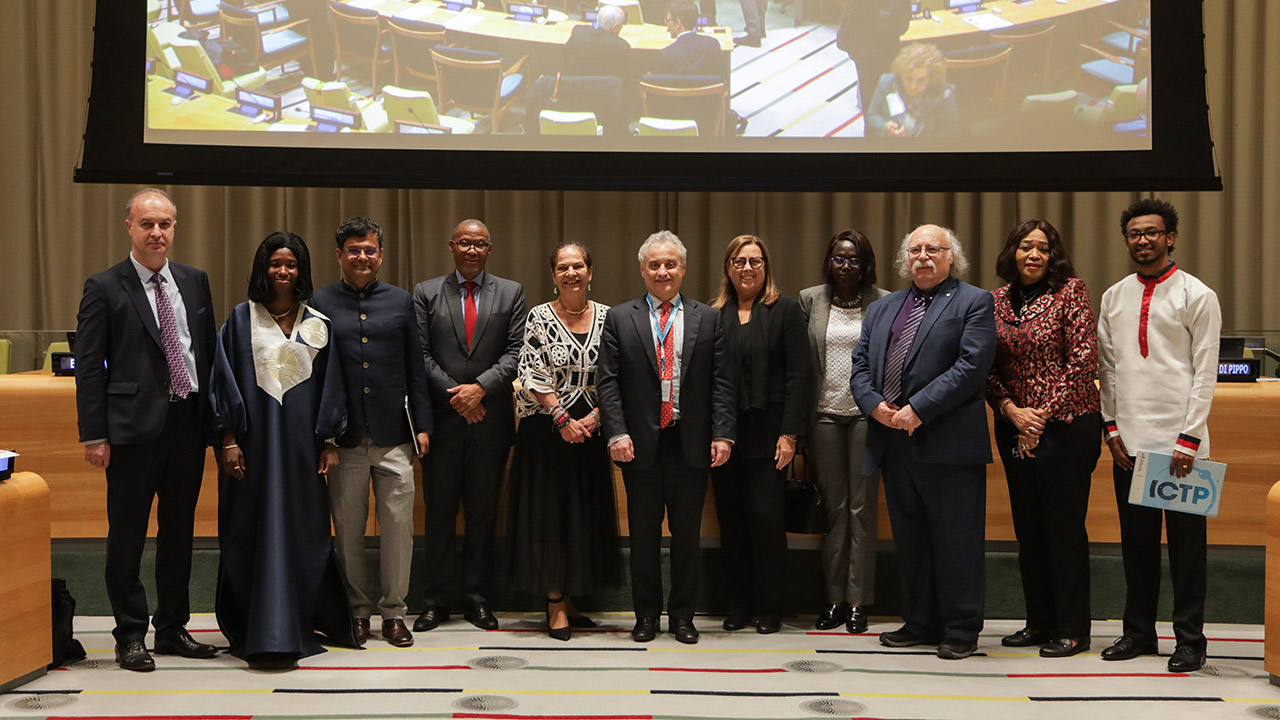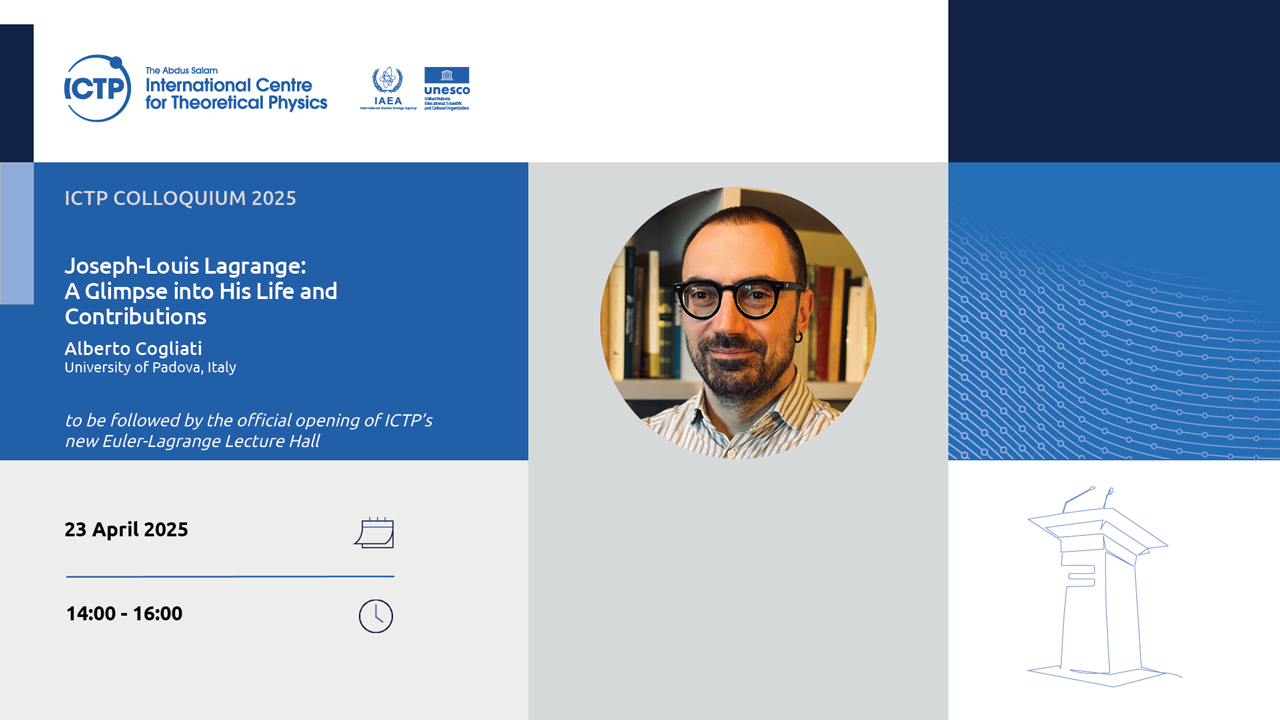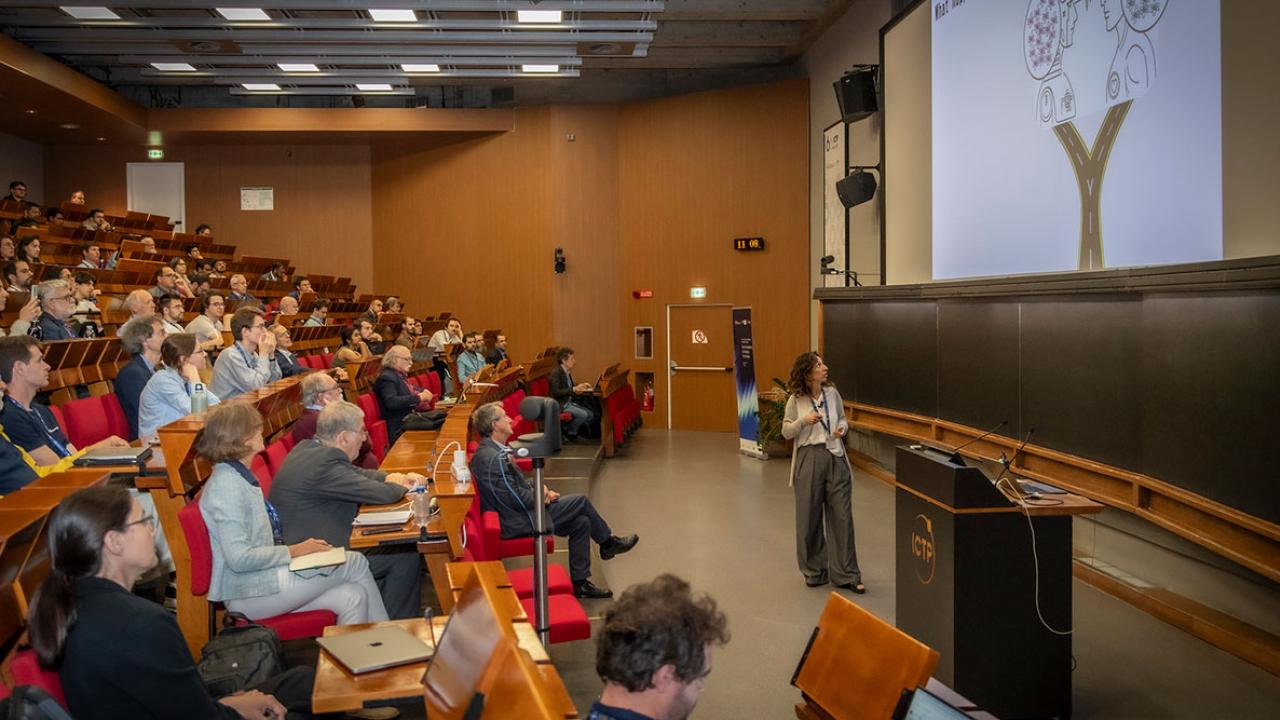
Team including ICTP researchers publish important guidelines for the study of hydrogen storage materials
Fossil fuels continue to play a dominant role in the global energy landscape, but their limited availability and their detrimental impact on climate in a world hungry for energy have motivated scientists to look for reliable and sustainable alternatives. Hydrogen, the most abundant element in the universe, has long been an alluring alternative, but large-scale implementations remain challenging.
Hydrogen production is difficult and very costly, and scientists have not yet found an effective way to store it. At room temperature, hydrogen is a very light gas and conventional methods have envisaged either liquid storage at very low temperatures (below -250 degrees C) or gas storage at very high pressure–about 700 times that of the atmosphere. Even in these conditions, however, the energy per unit volume that one can obtain from hydrogen is very low compared to other fuels. Scientists looking for efficient, affordable and durable ways to store hydrogen have therefore focused on material storage, consisting of sticking hydrogen molecules to special materials.
Thousands of candidate materials have been explored, in ways that have not always been systematic. Building on a plethora of different contributions, both theoretical and experimental, a group of scientists from ICTP, the Indian Institute of Technology in Bombay, and Konkuk University in Seoul, Korea, has recently written a comprehensive tutorial article which was published on the prestigious journal Physical Review X Energy. The study addresses computational and experimental challenges that researchers interested in these problems can encounter along the way.
The team, which includes ICTP research scientists Ralph Gebauer and Nicola Seriani, and postdoctoral researcher Vikram Mahamiya of the Condensed Matter and Statistical Physics section, has a long experience in simulating hydrogen interaction with several candidate materials for hydrogen storage and has compiled a thorough overview of computational strategies and the type of experimental challenges associated to implementing them, based on the extensive literature already available. This provides a precious reference framework that will help researchers who are approaching these topics find their way through a rich but intricate series of results.




